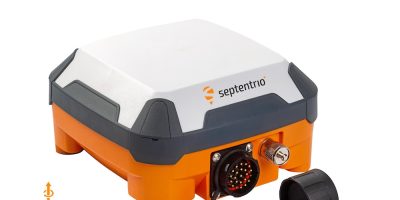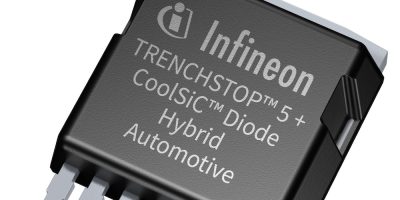ZF has announced a battery-free and wireless switch module which is based on ZF’s patented energy harvesting technology and the EnOcean protocol.
As a member of the EnOcean Alliance, ZF succeeded in fully certifying the switch module in accordance with the EnOcean RF standard which is especially designed for energy harvesting solutions.
The ZF switch module uses the RF frequency 868 MHz and operates energy self-sufficient i.e. batteries and wires are completely redundant. The energy for sending a RF protocol is generated by the actuation of a very compact inductive generator (20.1 x 7.3 x 14.3 mm).
The maintenance-free modules are compatible with various switch designs available on the market. As a wireless solution, these radio modules offer flexibility and design freedom in order to realise individual requirements.
Besides the switch module with EnOcean protocol, a module for KNX-RF is available in series production. Also customer-specific protocols are possible.
At Light+Building in Frankfurt from 3rd to 8th March 2024, ZF shows in hall 9.0, stand no. E21 various energy harvesting applications in the area of Smart Home & Smart Building.
For further information on the energy harvesting product range from ZF, please click here: https://switches-sensors.zf.com/energy-harvesting/







